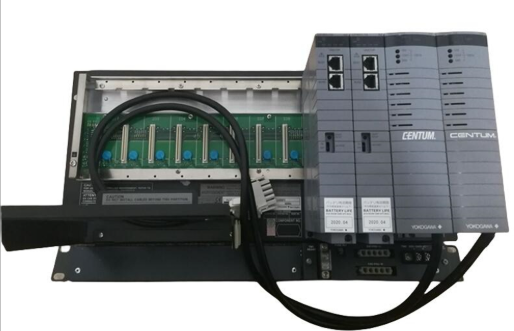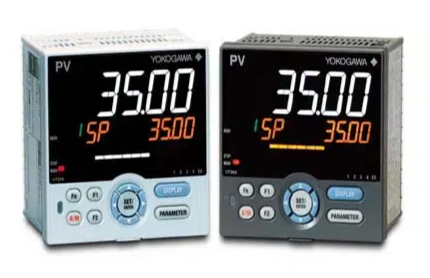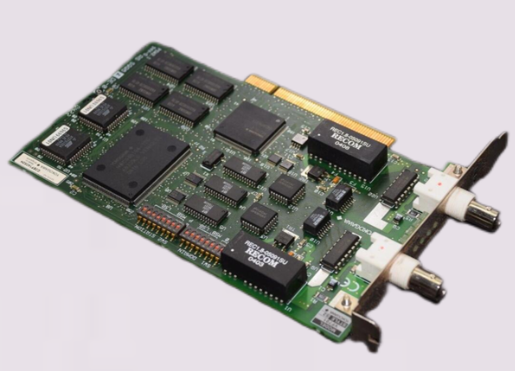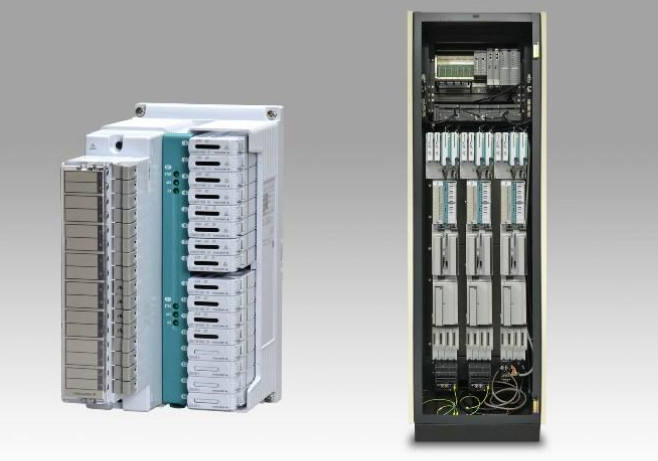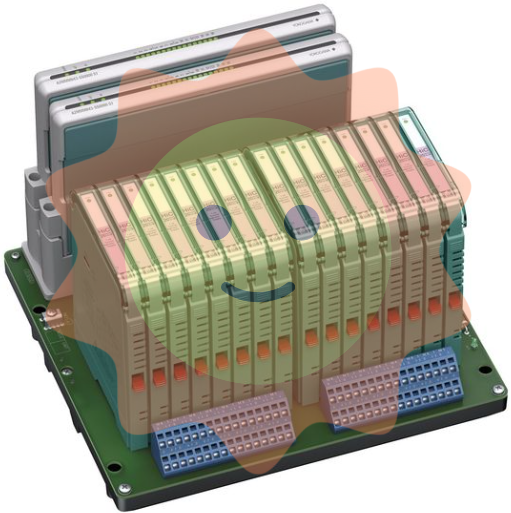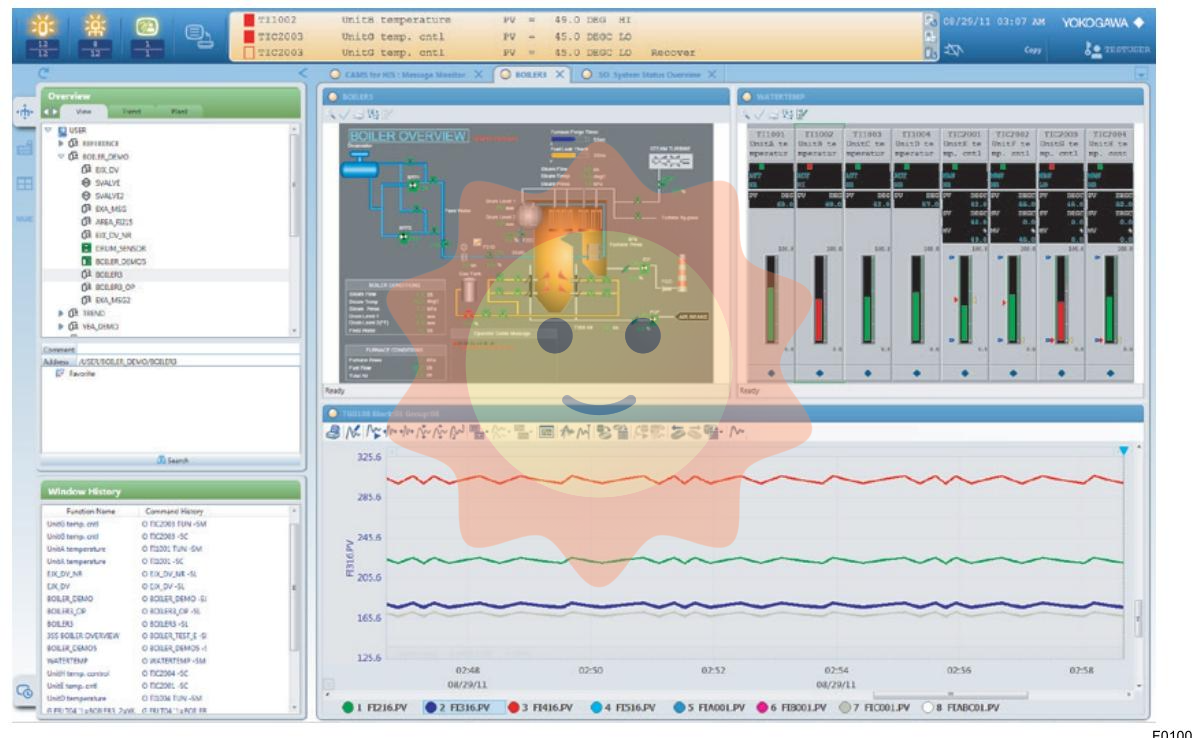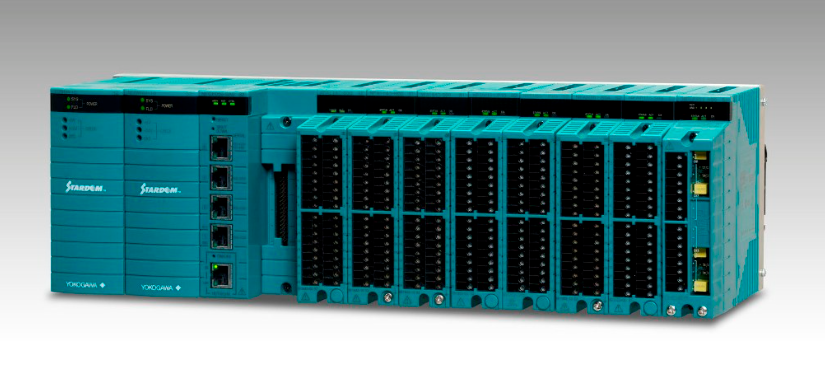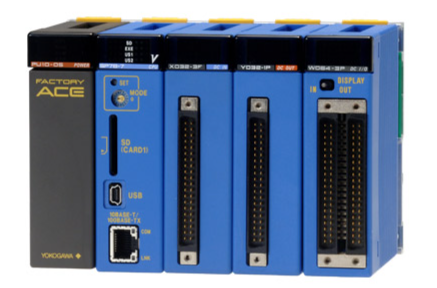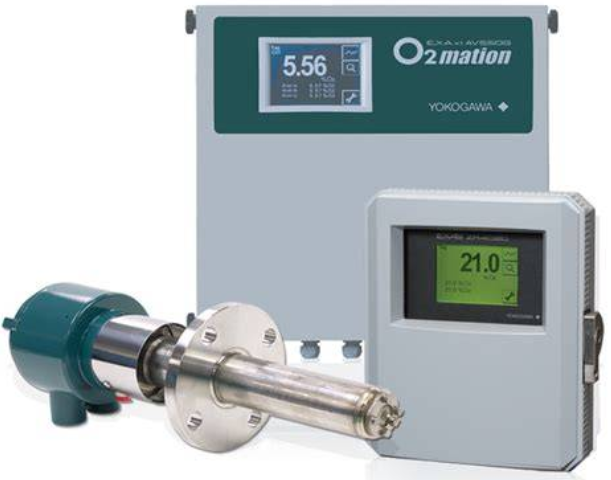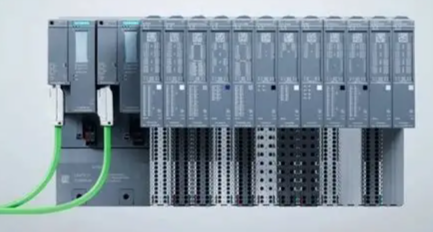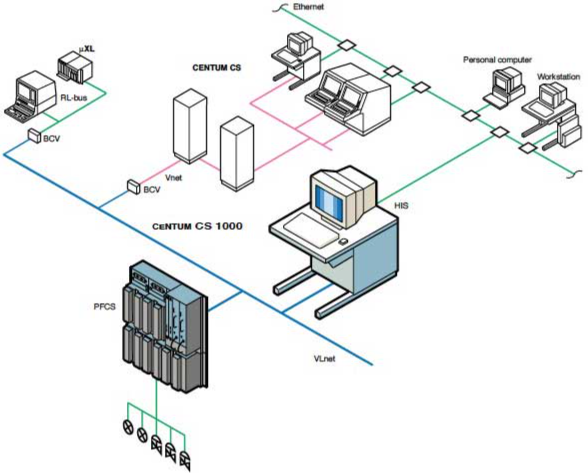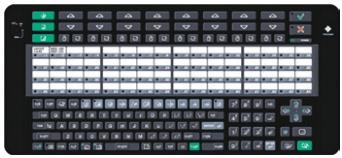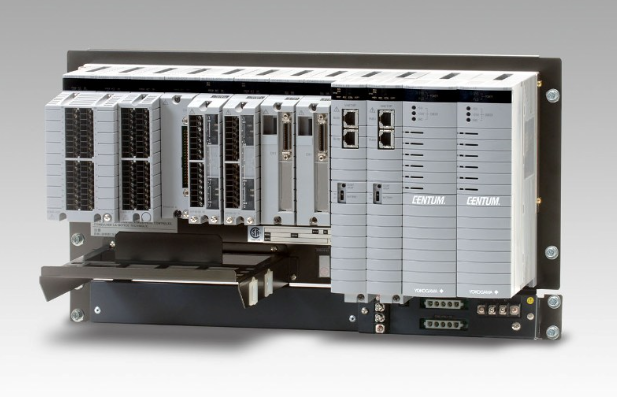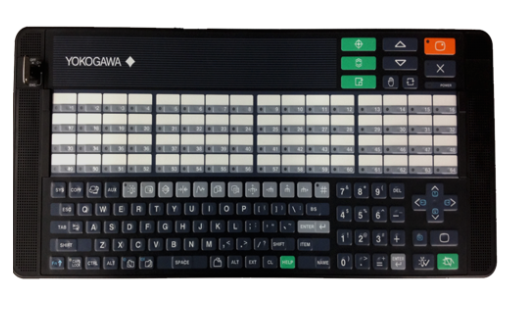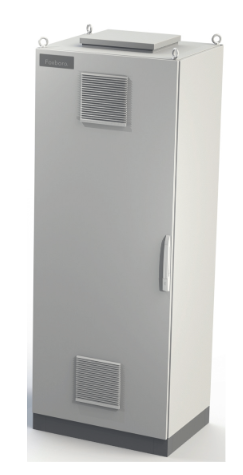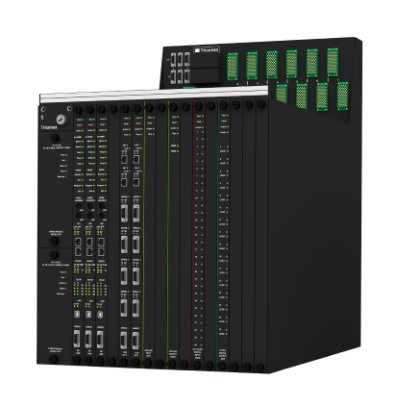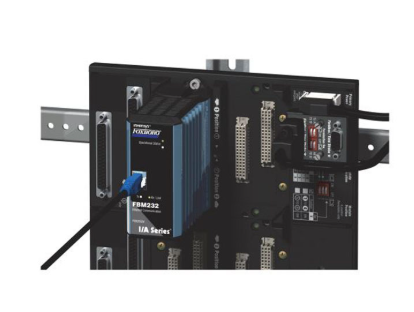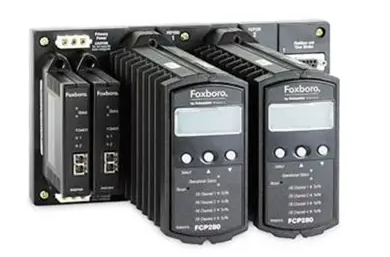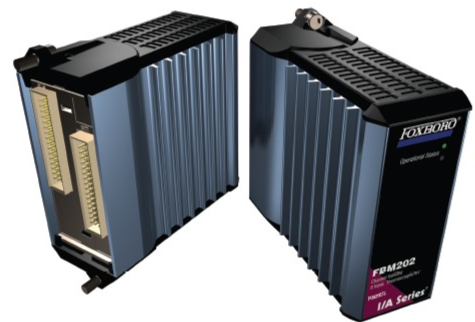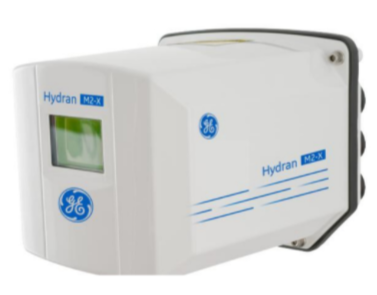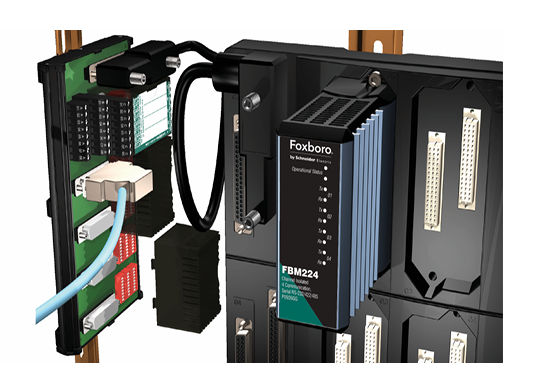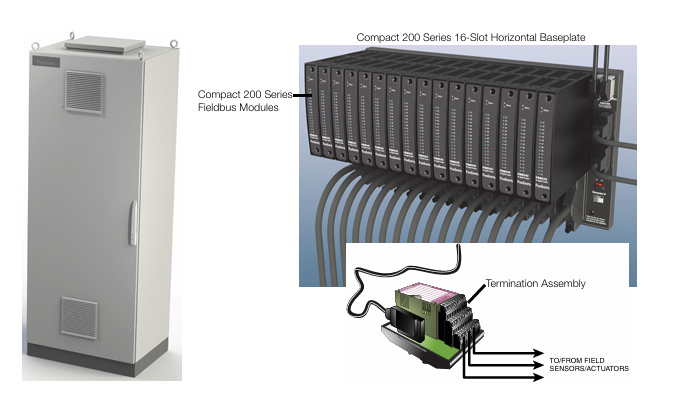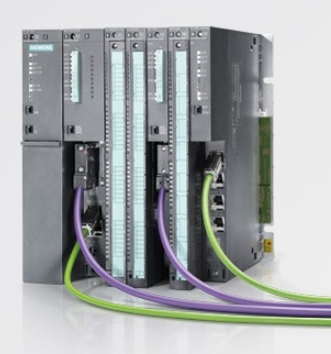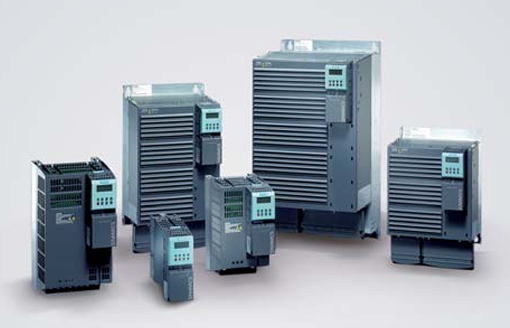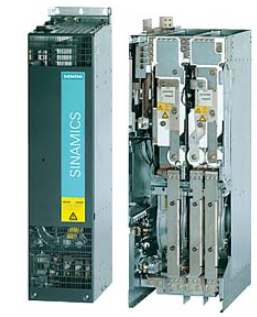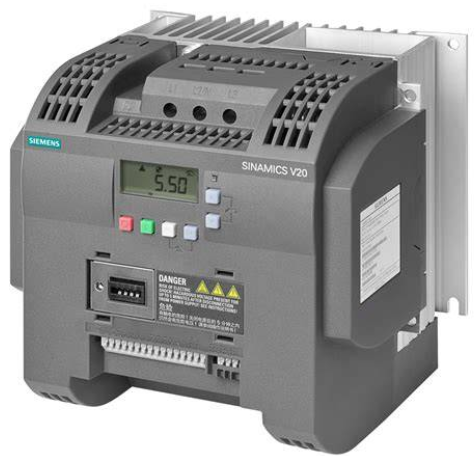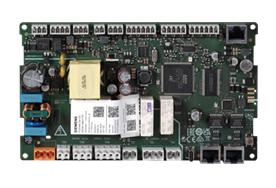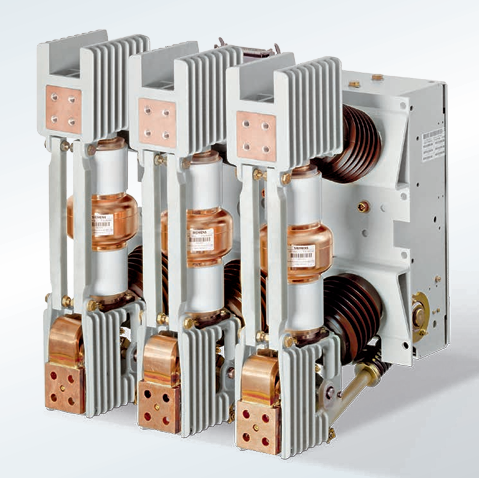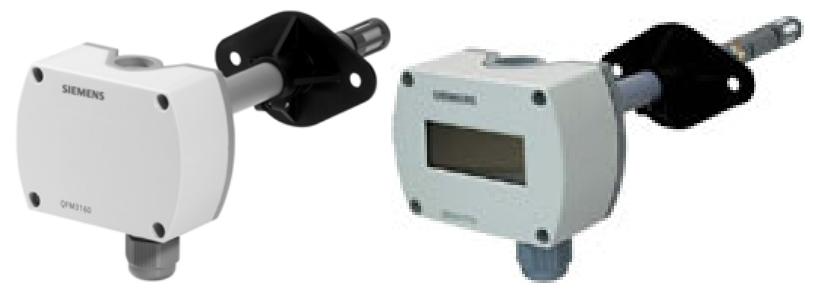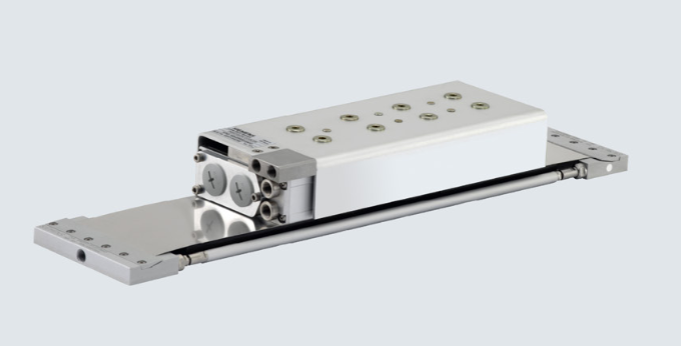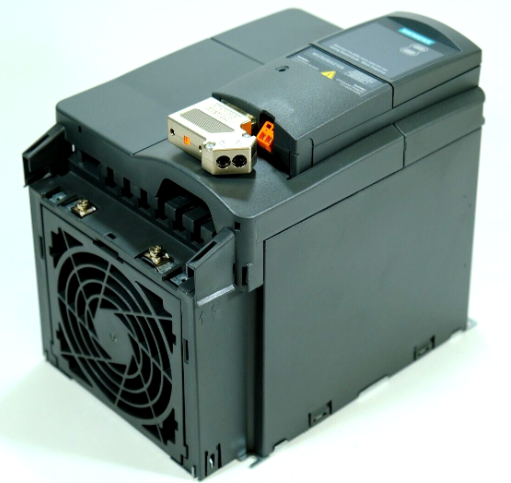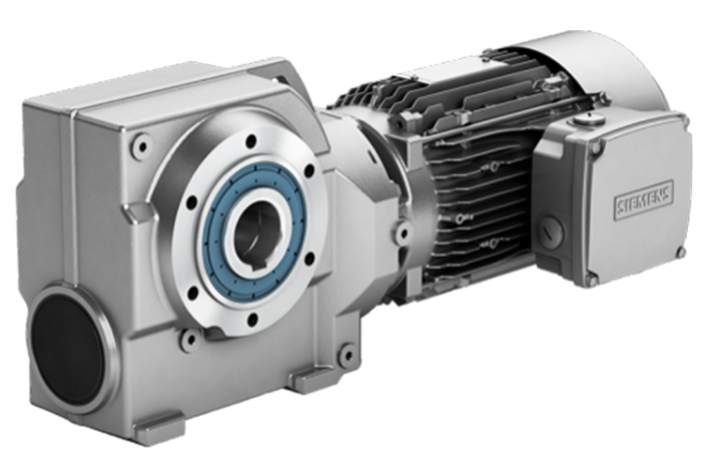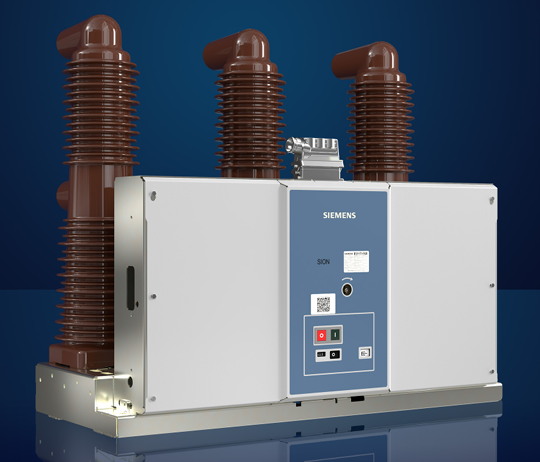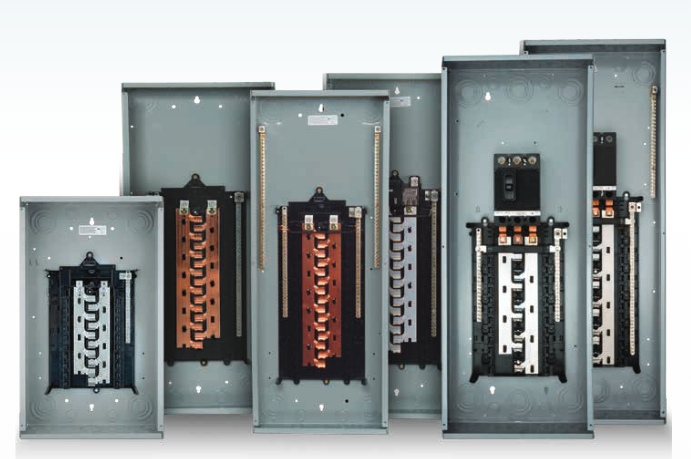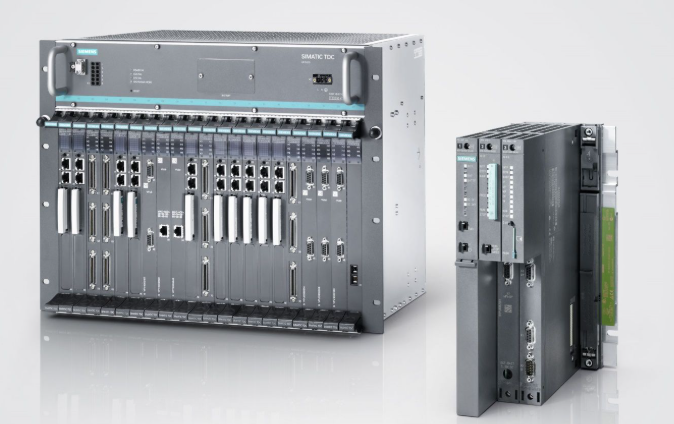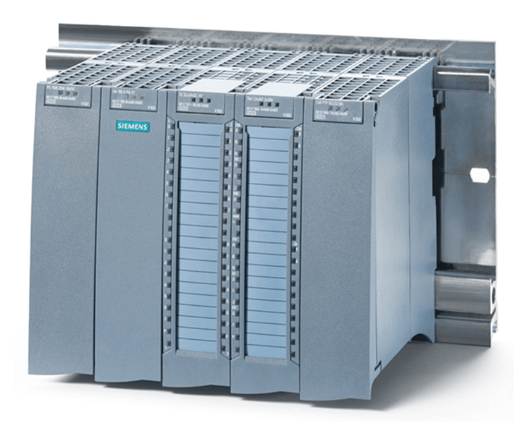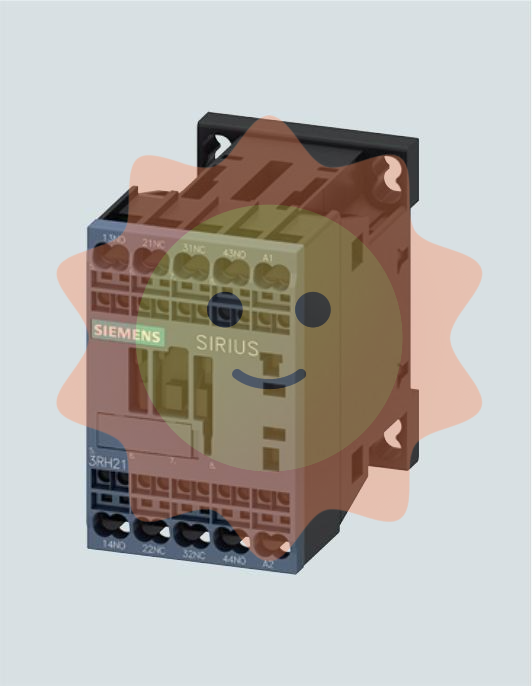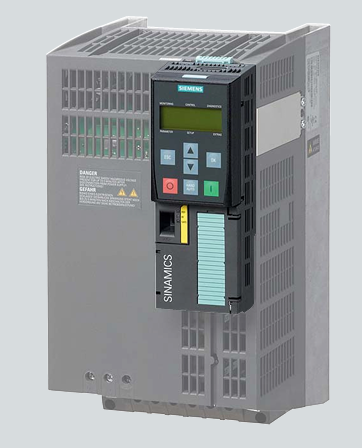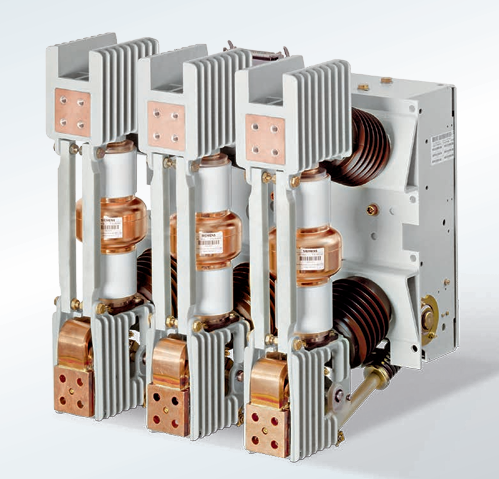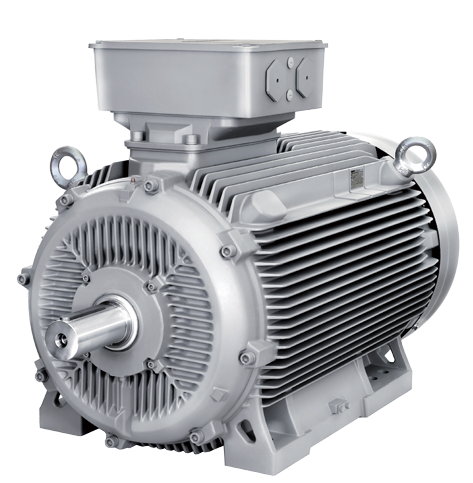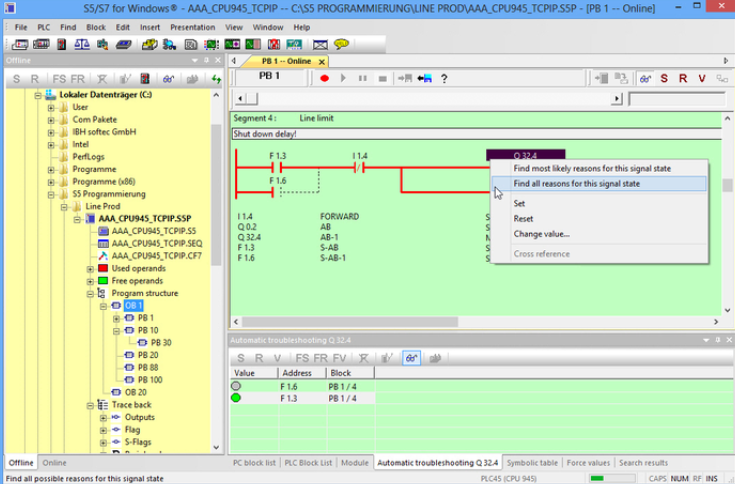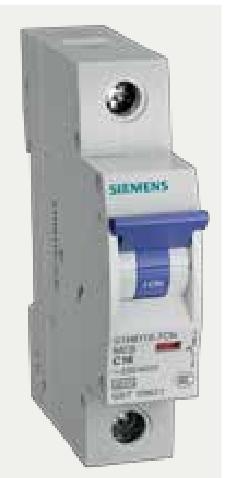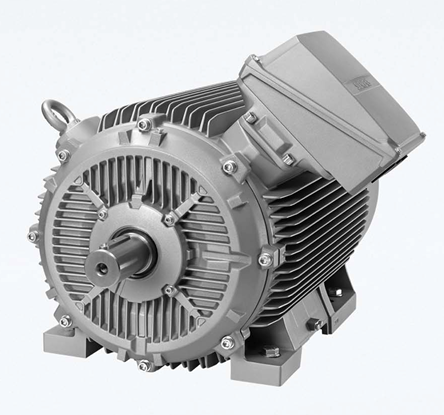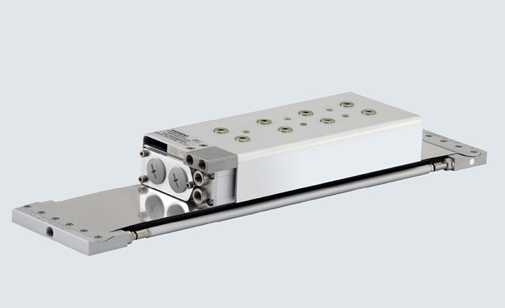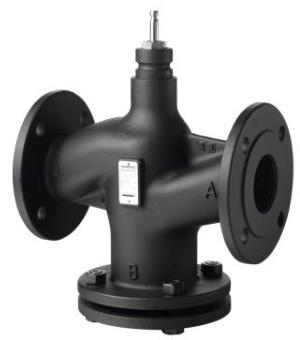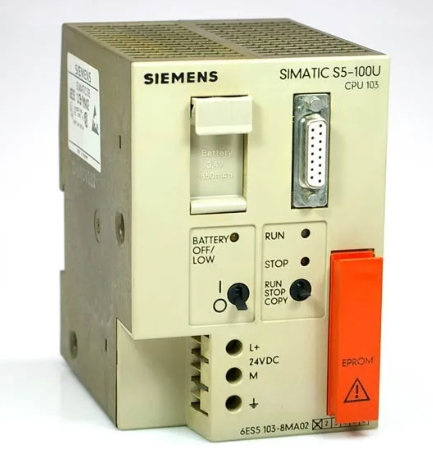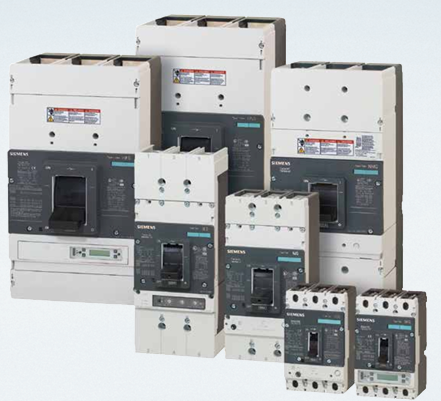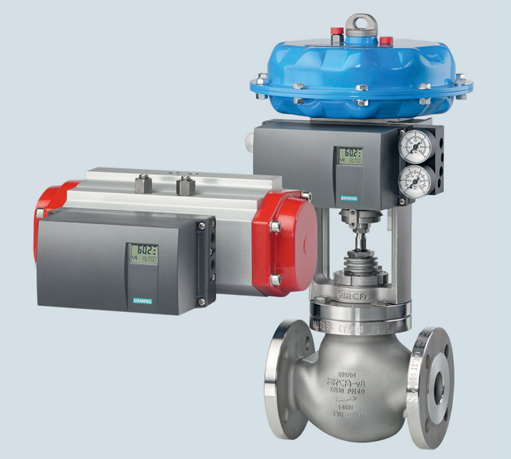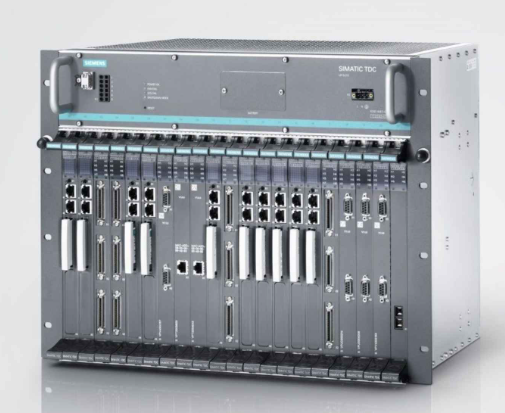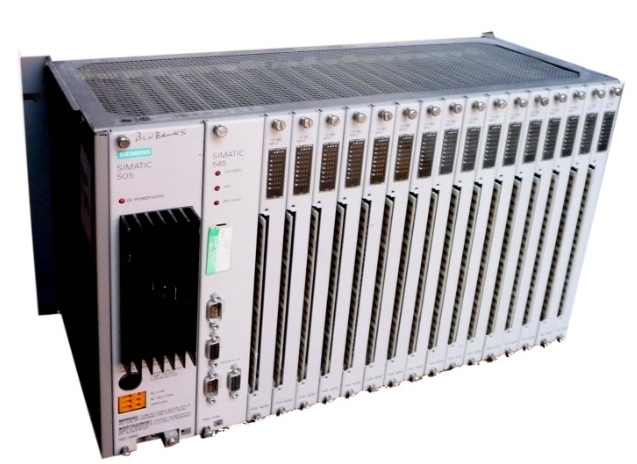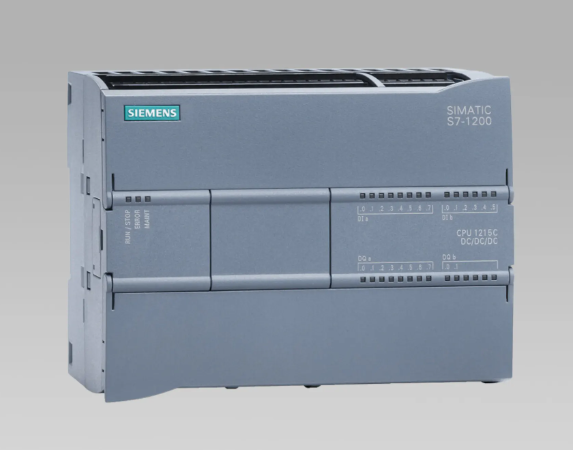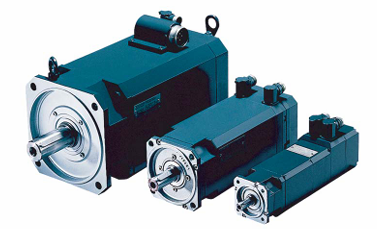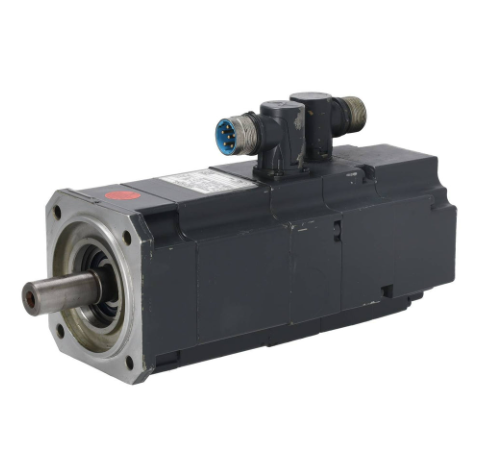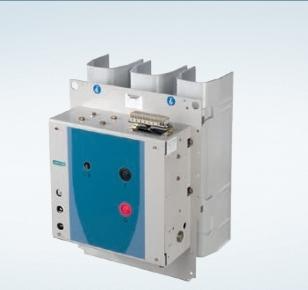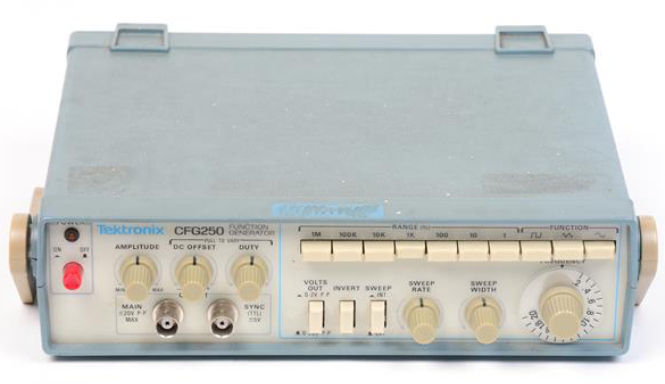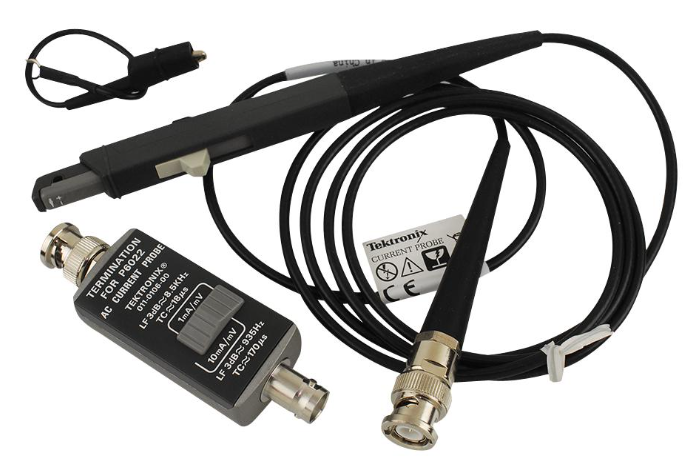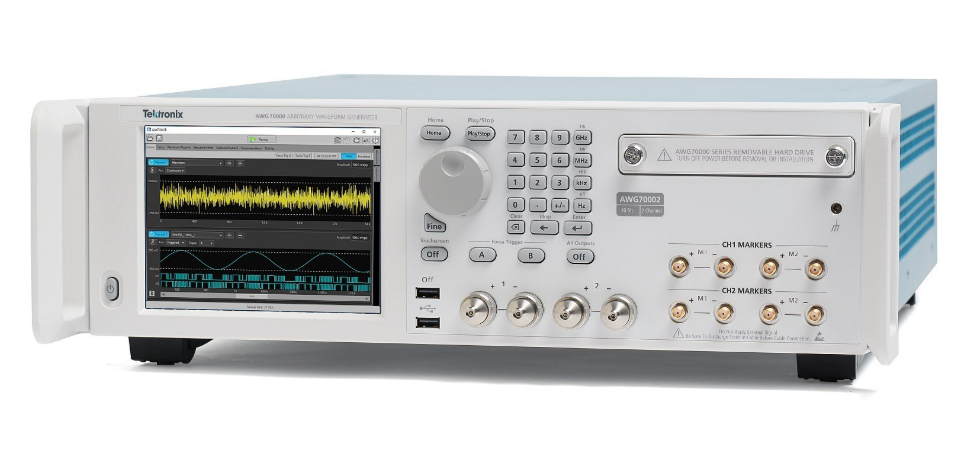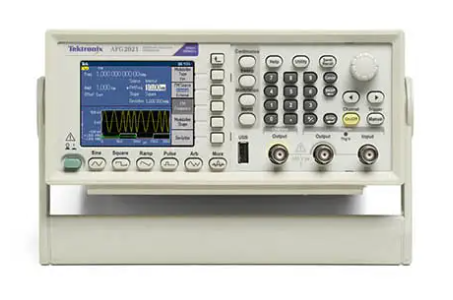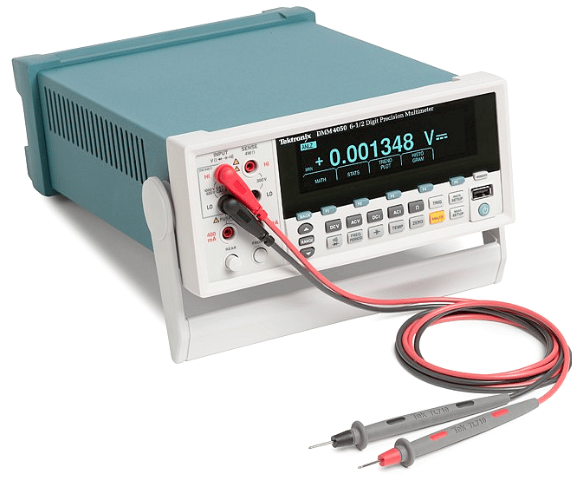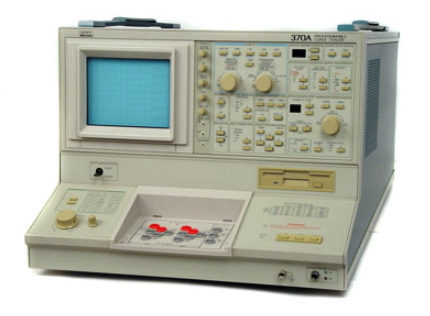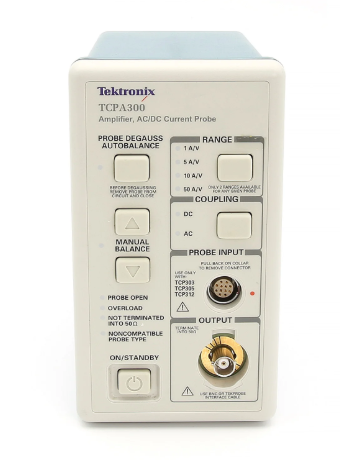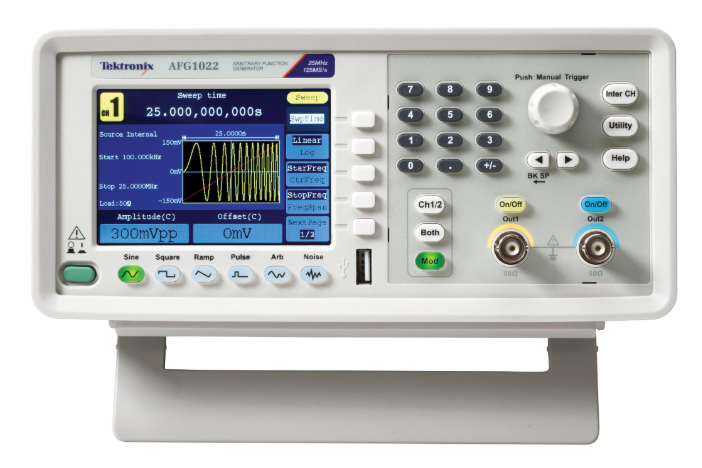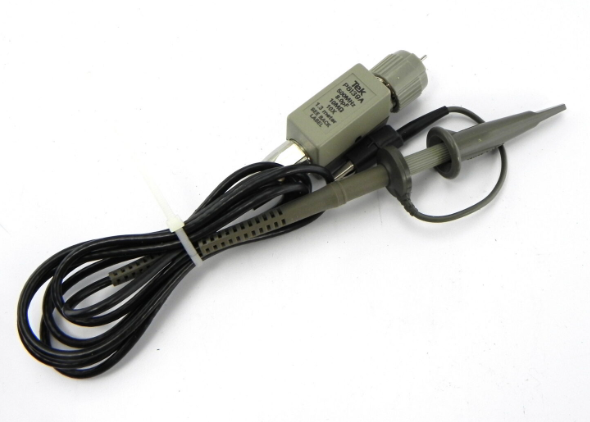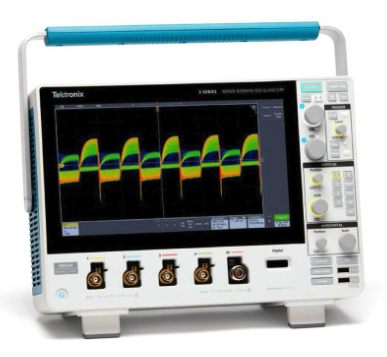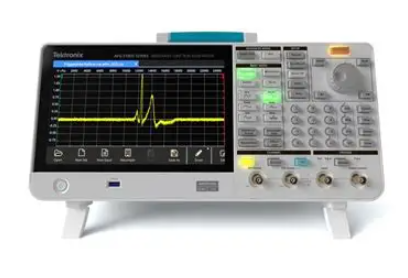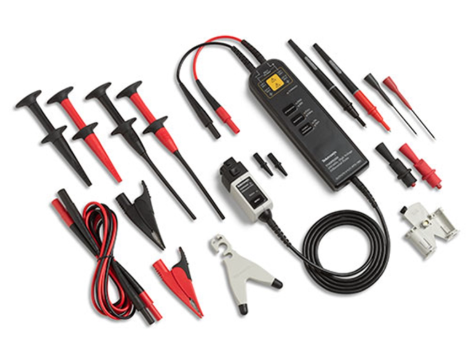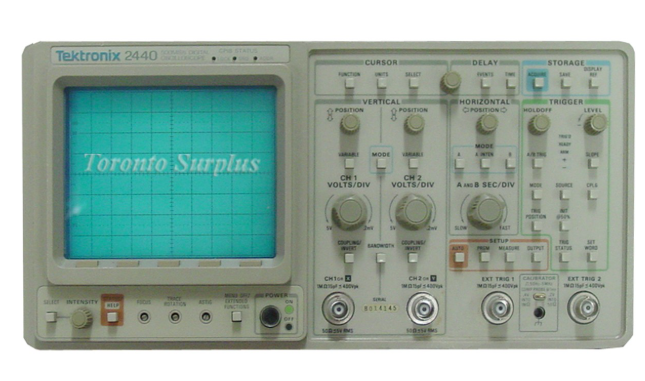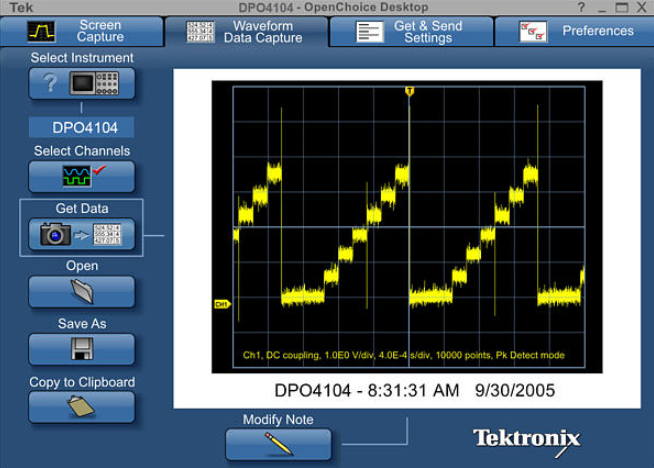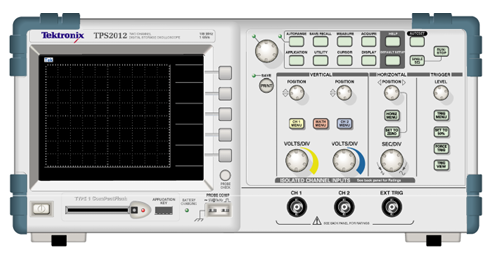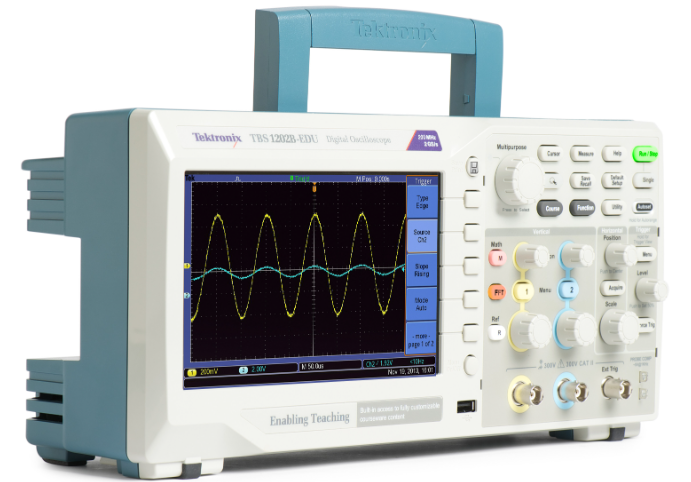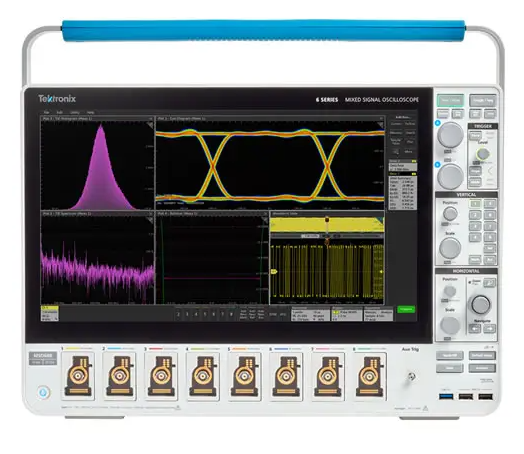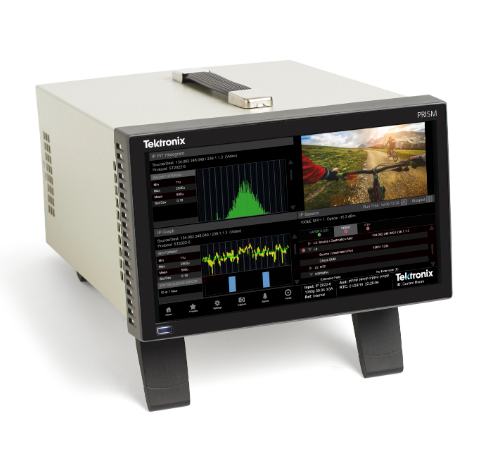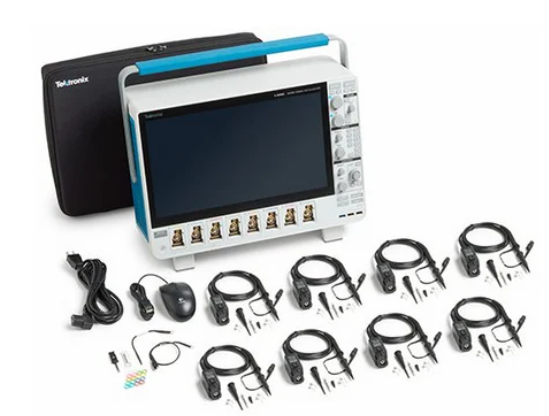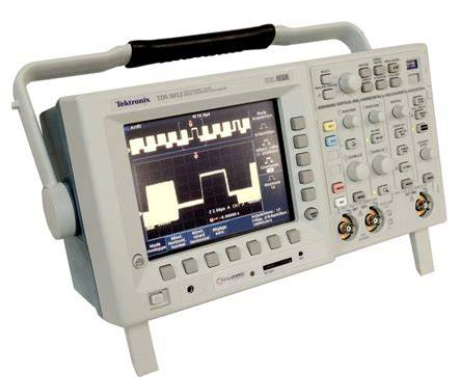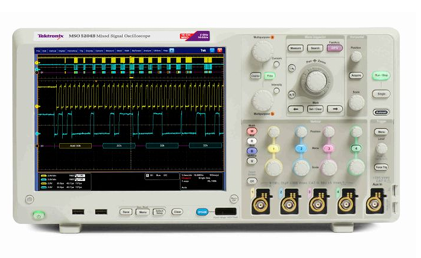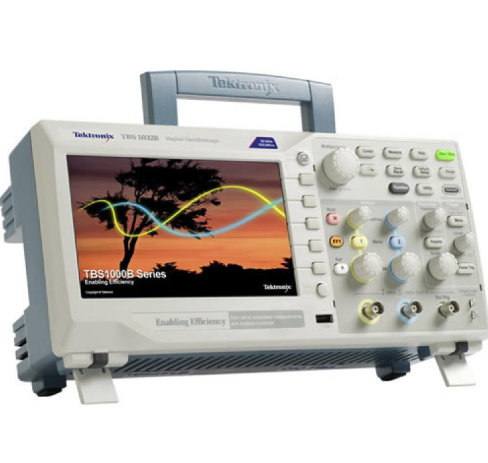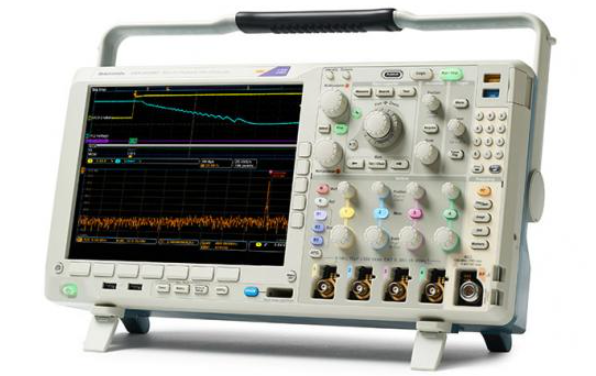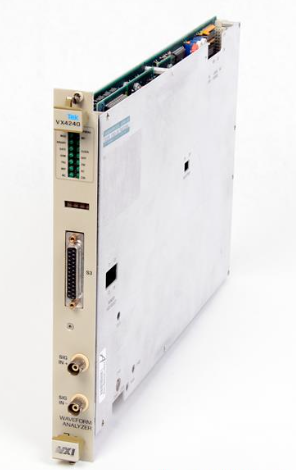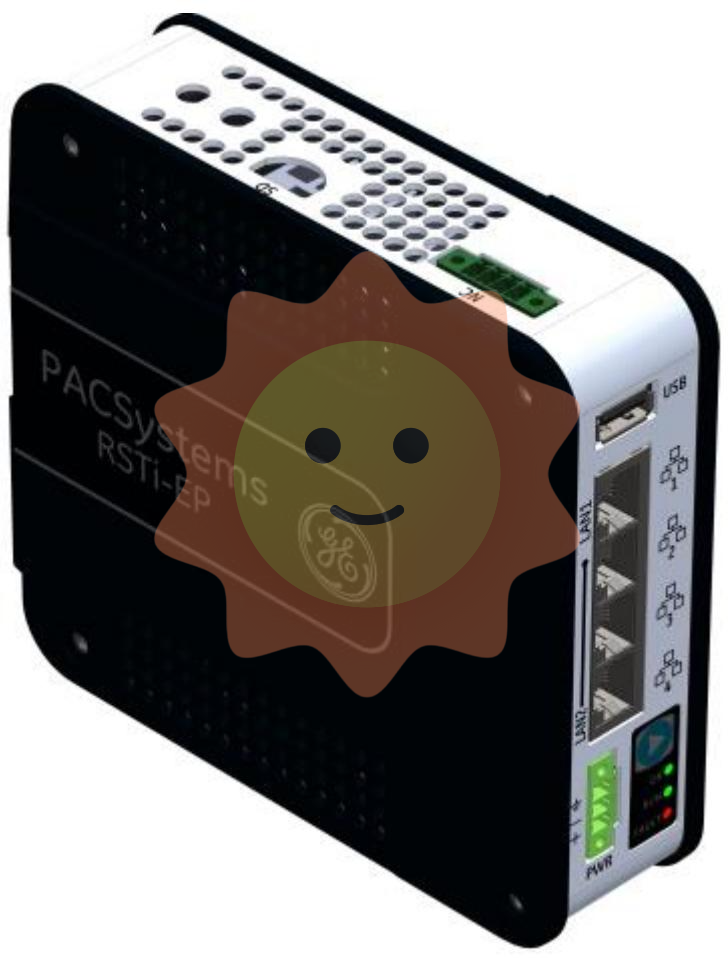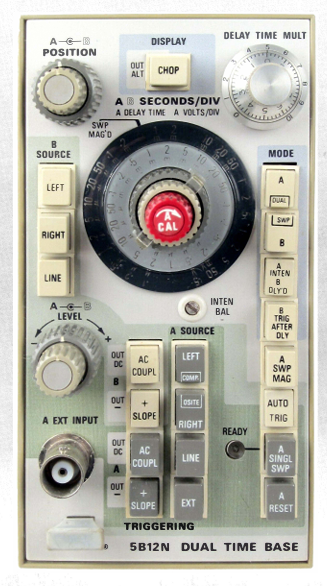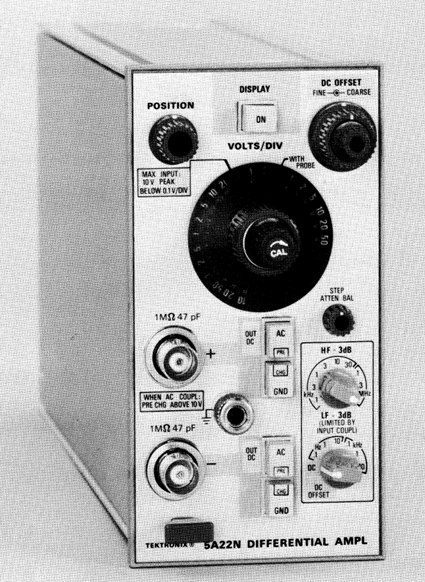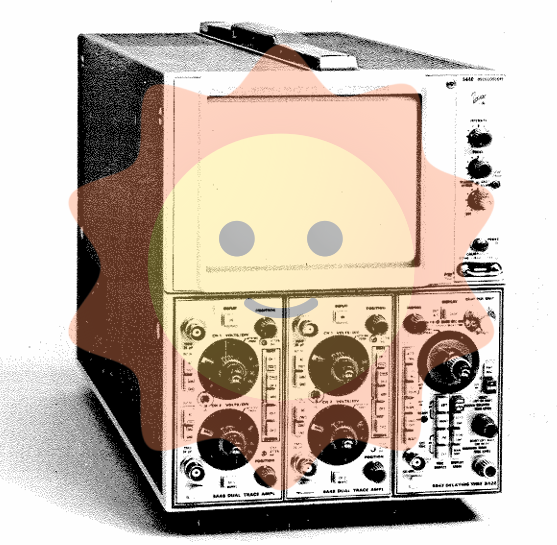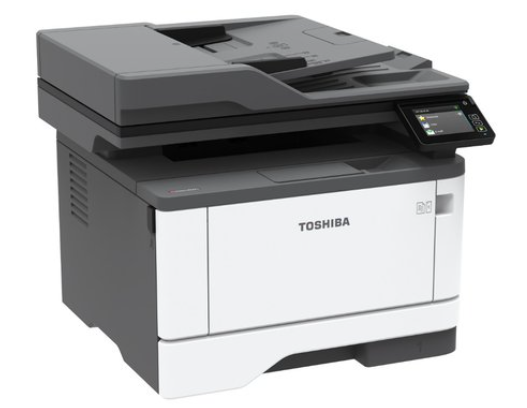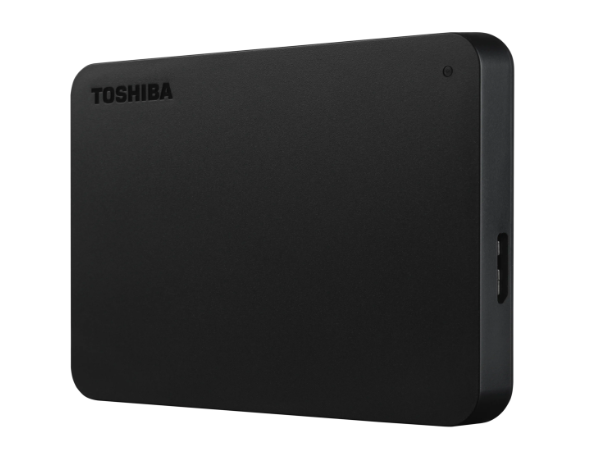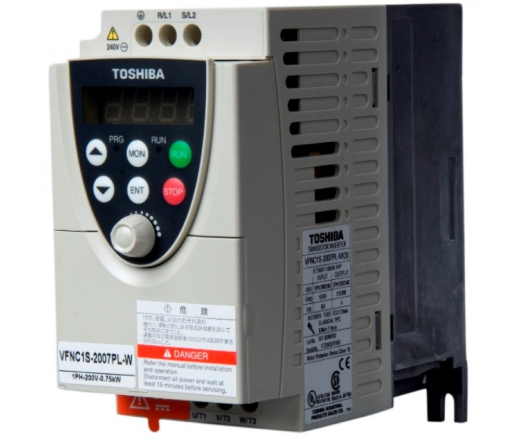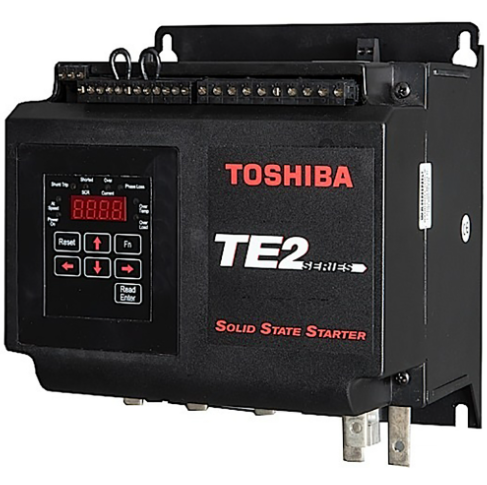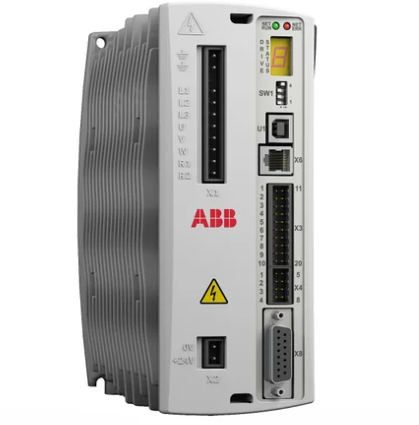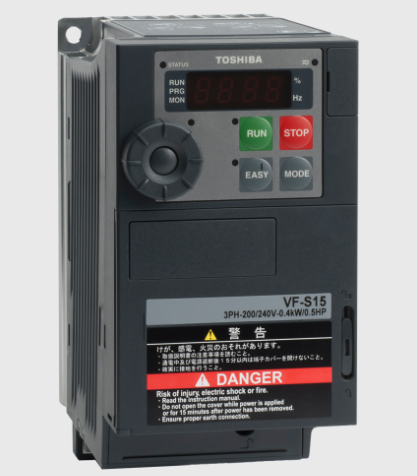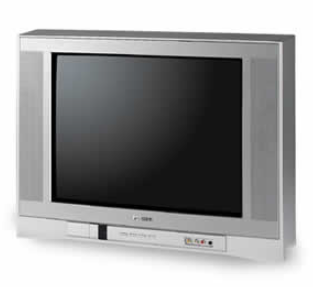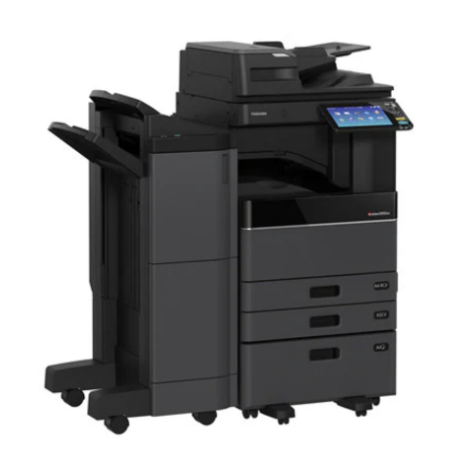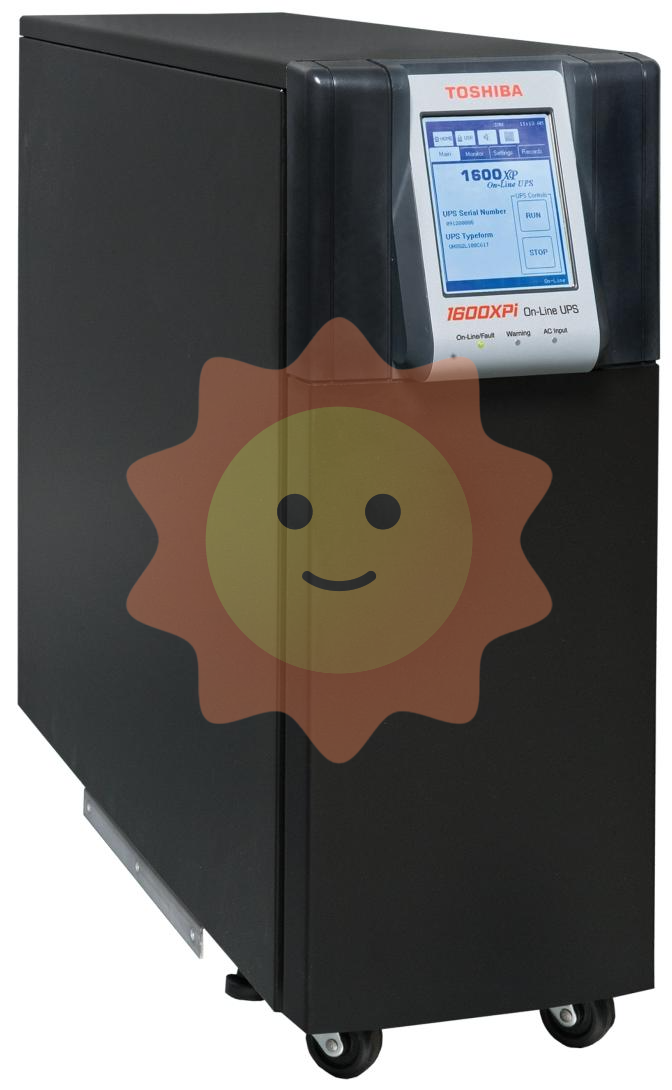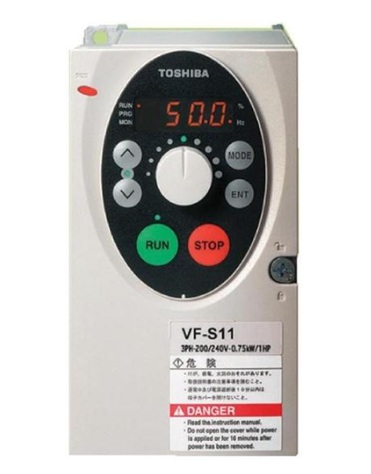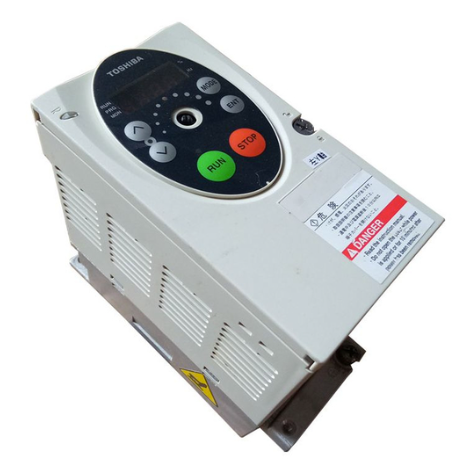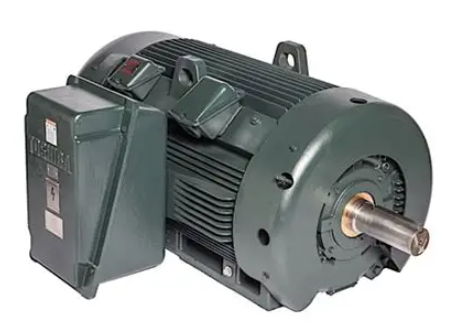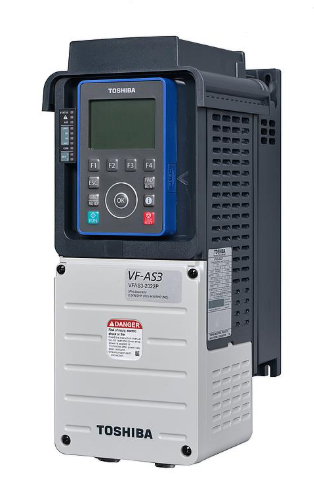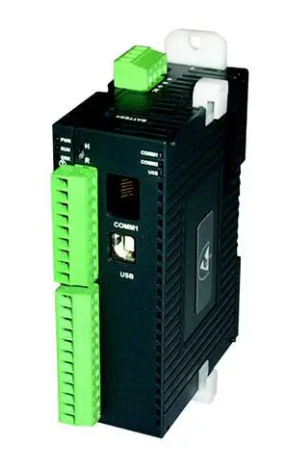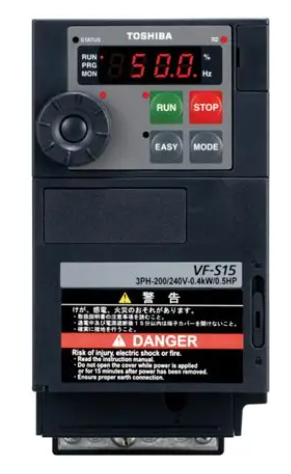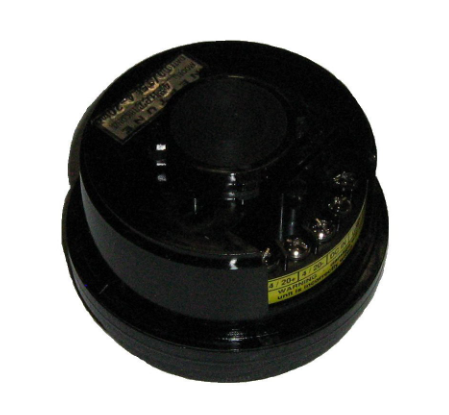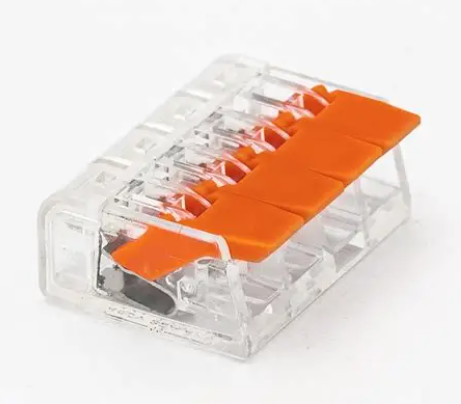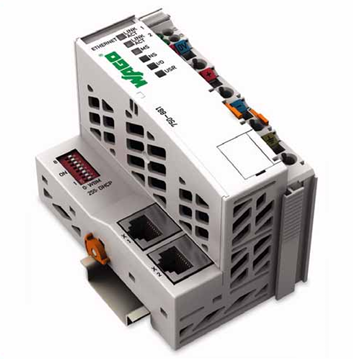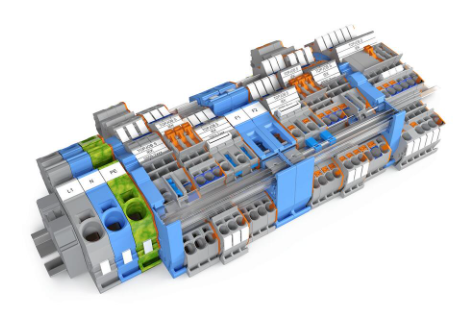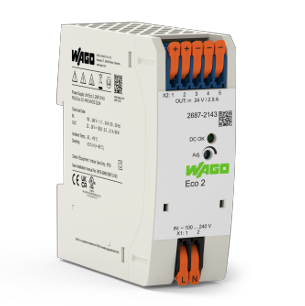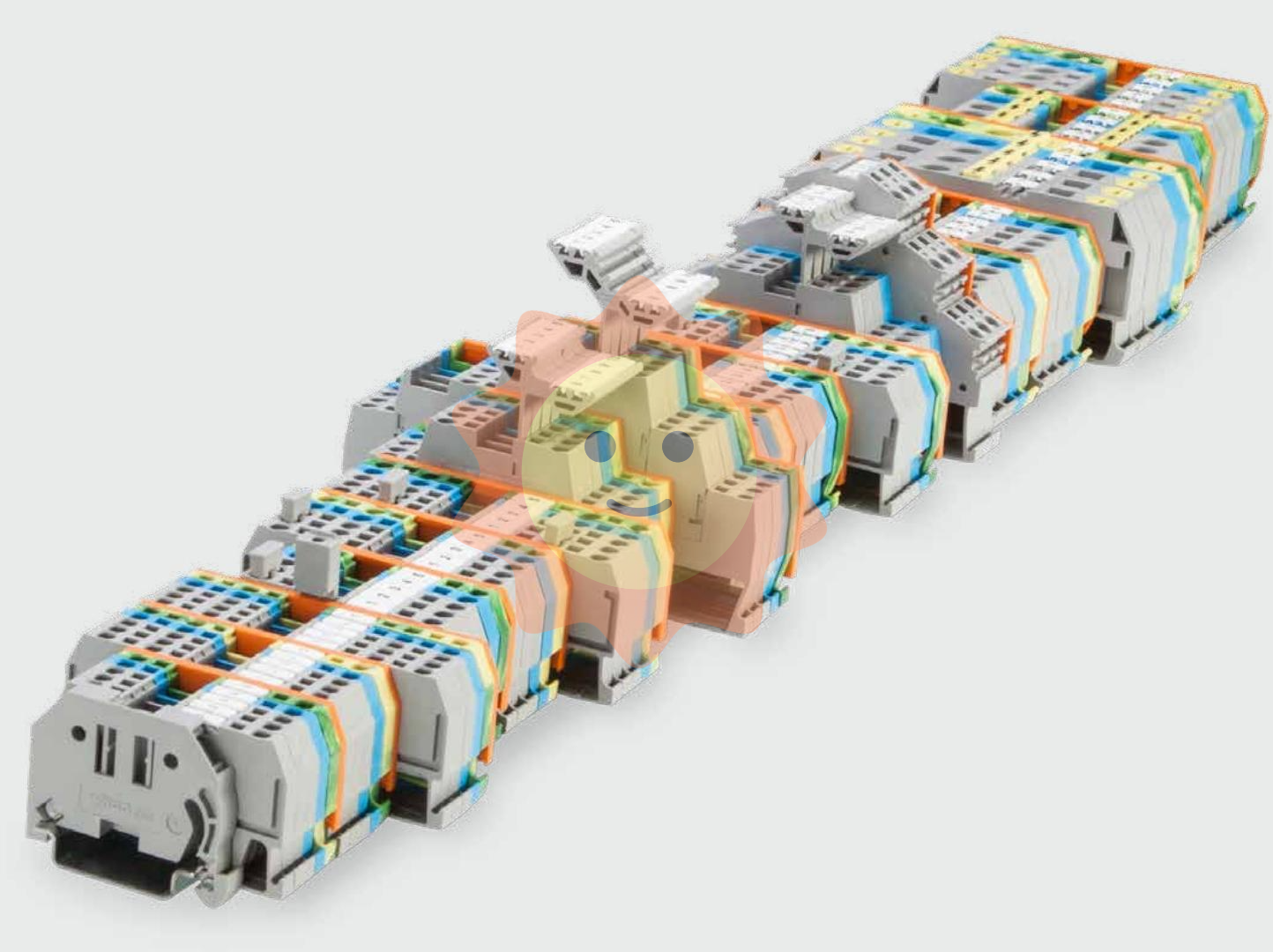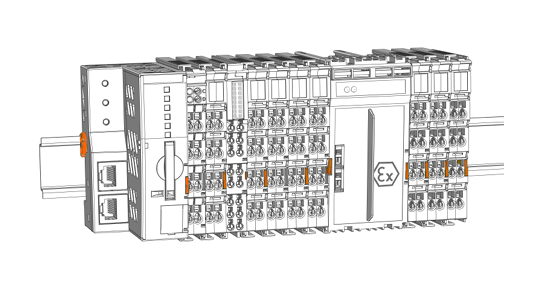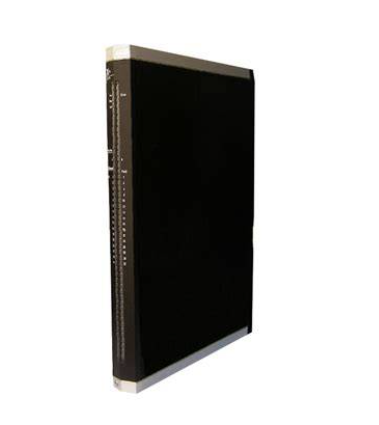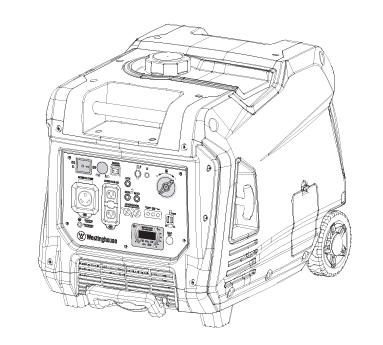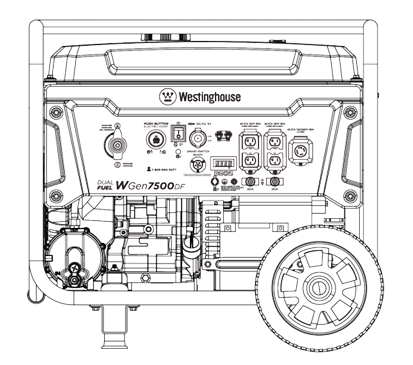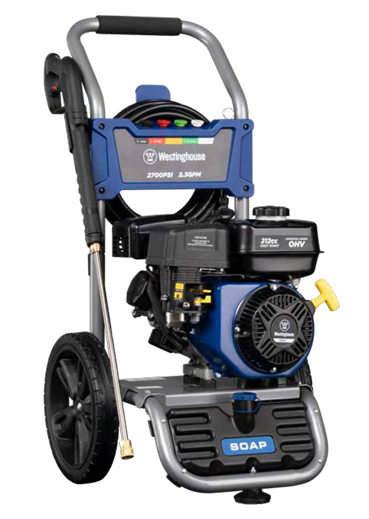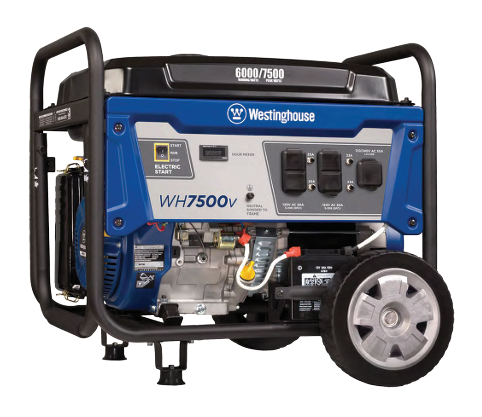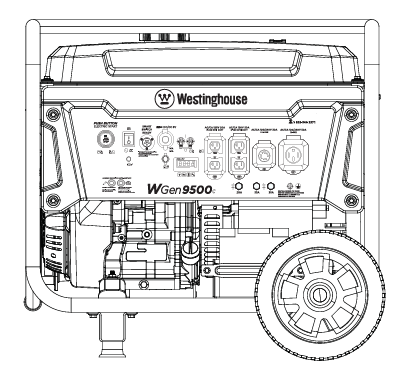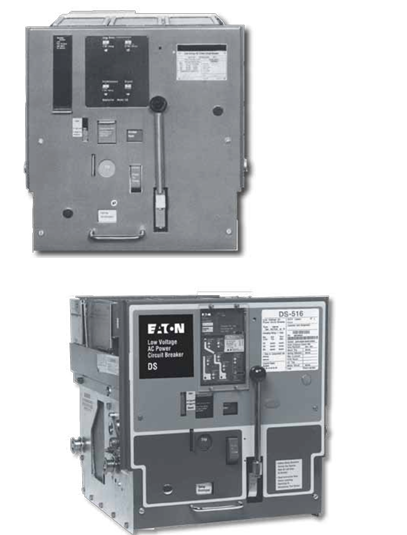ABB 3BSE028144R0020 PFEA113-20 Tension electronics
ABB 3BSE028144R0020 PFEA113-20 Tension electronics
Overview of ABB 3BSE028144R0020 PFEA113 - 20 Tension Electronics
The ABB PFEA113 - 20 is a key component in tension control systems. It is designed to handle and manage the electronics related to tension measurement and control in various industrial processes.
Functionality
Tension Measurement Signal Processing
The PFEA113 - 20 is capable of receiving and processing the signals from tension - sensing devices such as load cells. These load cells provide an electrical signal that is proportional to the tension in the material being processed (e.g., a web of paper, film, or textile). The module accurately interprets these signals, converting them into a format that can be used for further analysis and control. For example, if the load cell provides an analog signal in the range of 4 - 20 mA, the PFEA113 - 20 can convert this into a digital value that represents the actual tension force.
Control Algorithms for Tension Regulation
It incorporates advanced control algorithms to regulate the tension. The most commonly used control algorithm is the Proportional - Integral - Derivative (PID) control. The PID parameters can be adjusted to optimize the response of the tension control system. For instance, the proportional gain determines how quickly the control system responds to changes in tension, the integral gain helps to eliminate steady - state errors, and the derivative gain anticipates rapid changes in tension and adjusts the control output accordingly. This allows for precise control of the tension in the material, ensuring it stays within a desired range.
Interface with Other System Components
The module provides interfaces to communicate with other components of the industrial process control system. It can send and receive data to and from Programmable Logic Controllers (PLCs), Human - Machine Interfaces (HMIs), and other control devices. For example, it can send the current tension value to a PLC for further processing and receive set - point values or control commands from the PLC. It can also interface with HMIs to provide visual feedback of the tension status to operators.
Technical Specifications
Input Signal Characteristics
The PFEA113 - 20 can handle a variety of input signal types and ranges. It is typically designed to work with analog input signals such as 4 - 20 mA or 0 - 10 V from load cells. The input impedance of the module is specified to ensure proper signal reception and accuracy. The module also has the ability to handle digital input signals for functions like start/stop commands or configuration settings.
Output Signal Capabilities
For output, it provides signals to control actuators or other devices involved in tension control. The output signals can be in the form of analog signals (e.g., 0 - 10 V or 4 - 20 mA) to control variable - speed drives (VSDs) that adjust the speed of motors, or digital signals to activate alarms or other control functions. The output current and voltage ratings are designed to match the requirements of the connected devices.
Power Supply Requirements
The module has specific power supply requirements. It usually operates on a DC power supply with a defined voltage range (e.g., 24 V DC). The power consumption of the module is an important consideration, especially in applications where power availability and efficiency are crucial.
Applications
Web - Processing Industries
In the paper and packaging industries, the PFEA113 - 20 is used to control the tension of paper webs during printing, coating, and converting processes. In a printing press, for example, it ensures that the paper moves through the press at a consistent tension, which is essential for high - quality printing and to prevent paper jams or wrinkling. In the packaging industry, it controls the tension of packaging materials such as plastic films and foils during the packaging process.
Textile Manufacturing
In textile production, the module is used to manage the tension of yarns and fabrics. In processes such as weaving and knitting, maintaining the correct tension of the yarn is crucial for the quality of the final product. The PFEA113 - 20 helps to ensure that the tension is consistent throughout the process, resulting in a fabric with uniform weave and fewer defects.
Film and Foil Extrusion
In film and foil extrusion lines, the module controls the tension of the extruded material from the die to the winding station. It helps to produce a smooth and uniform product by adjusting the speed of the unwind and wind - up motors based on the measured tension. This is important for applications such as food packaging, where the quality of the film or foil is critical.

- User name Member Level Quantity Specification Purchase Date
- Satisfaction :
-









Email:wang@kongjiangauto.com

